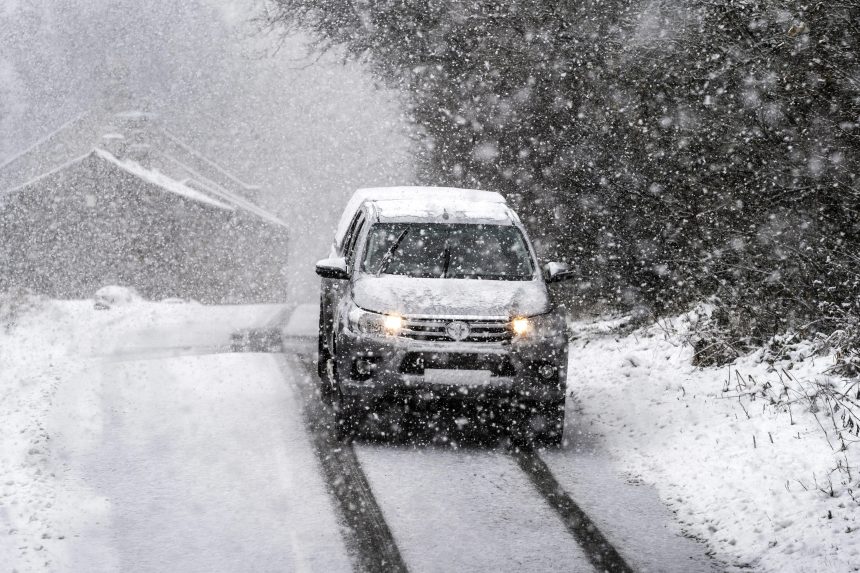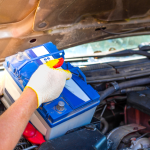As winter blankets the roads in snow and ice, many drivers find themselves navigating treacherous conditions that can turn a routine trip into a challenge. Whether you’re commuting to work, heading out for groceries, or embarking on a holiday journey, understanding how to drive safely in slick conditions is essential.
In this article, we’ll explore key tips and best practices to help you prepare for winter driving challenges. From essential vehicle checks to expert driving techniques, our friendly guide aims to equip you with the knowledge you need to stay safe and confident on the road this season. So, buckle up and let’s dive into everything you should know before hitting the snowy streets!
Table of Contents
- Understanding Your Vehicles Winter Features
- Essential Preparation for Driving in Snow and Ice
- Safe Driving Techniques for Challenging Conditions
- Emergency Supplies and Maintenance Tips for Winter Travel
- Q&A
- Insights and Conclusions
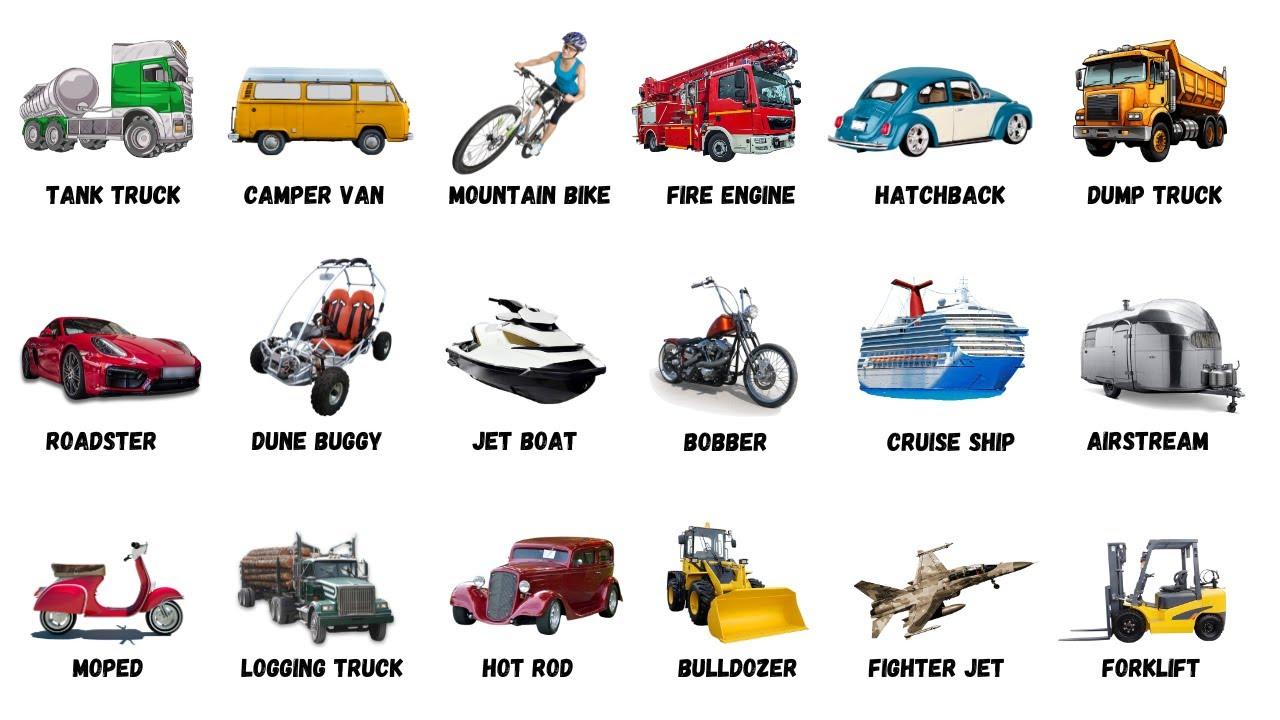
Understanding Your Vehicles Winter Features
When navigating winter roads, understanding your vehicle’s winter features can make all the difference. Many modern vehicles come equipped with technologies designed to enhance traction and stability in icy conditions. Familiarize yourself with these features to maximize your safety while driving:
- All-Wheel Drive (AWD): Helps distribute power to all wheels, providing better traction on slippery surfaces.
- Anti-lock Braking System (ABS): Prevents the wheels from locking up during hard braking, allowing better control.
- Traction Control System (TCS): Reduces wheel spin during acceleration on slippery roads.
- Heated Mirrors and Seats: Improve visibility and comfort in frigid temperatures.
Read More: Safety Tips For Driving In The Rain
In addition to these technologies, ensure that your vehicle is equipped with the right tires for winter conditions. Winter tires are specifically designed to perform better in snow and ice due to their unique tread patterns and rubber compounds. Here’s a quick overview of tire types:
| Tire Type | Best For |
|---|---|
| All-Season Tires | Light snow and dry conditions |
| Winter Tires | Heavy snow and icy conditions |
| Performance Tires | Dry weather and warmer temperatures |
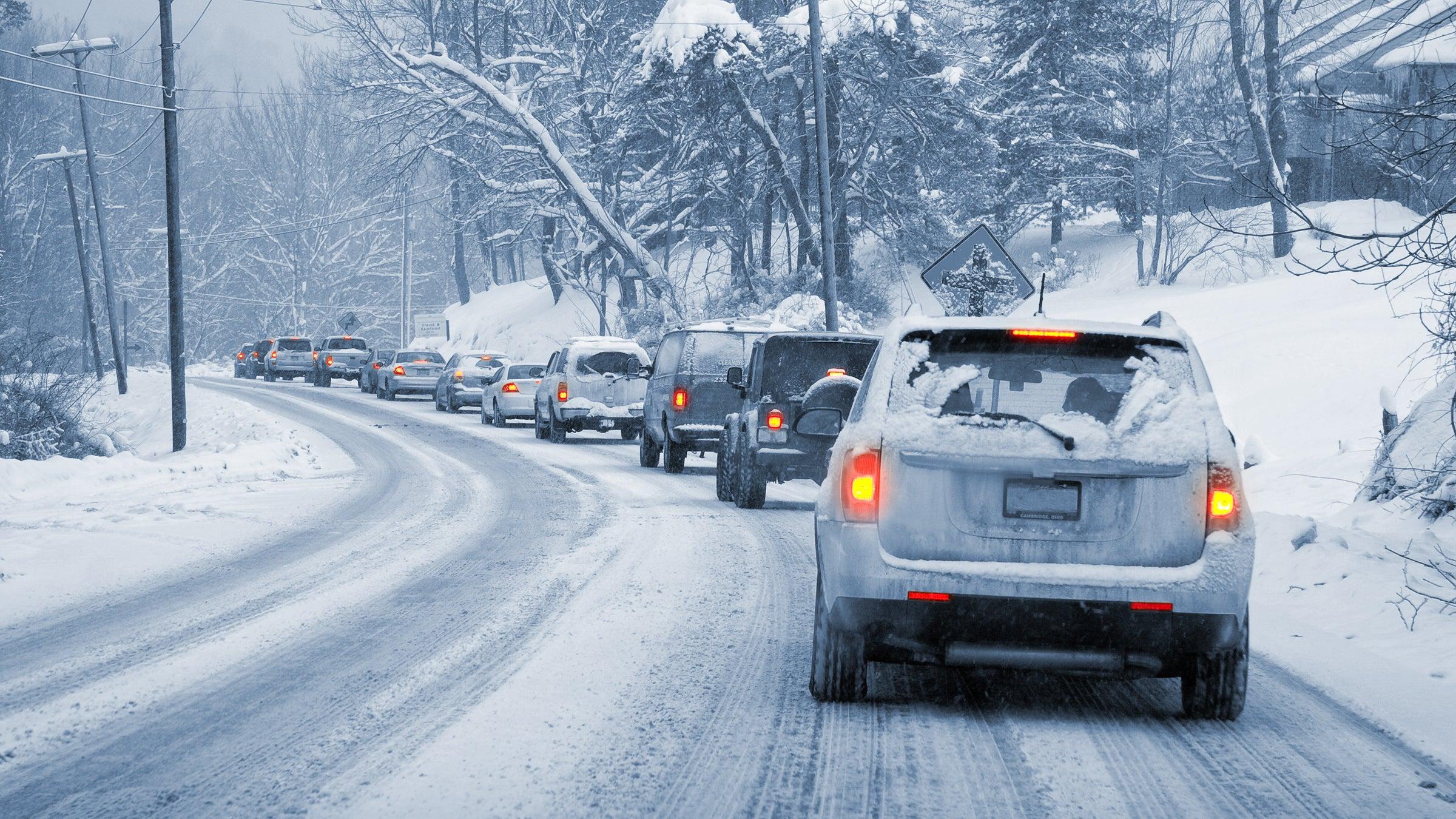
Essential Preparation for Driving in Snow and Ice
When preparing to drive in snow and icy conditions, it’s crucial to equip your vehicle with the right tools and safety gear. Begin by ensuring your tires are winter-ready—this includes checking the tread depth and considering snow tires for enhanced traction. Additionally, keep your windshield wipers in good condition and replenish your windshield washer fluid with a winter formula to prevent freezing. Here’s a quick list of essential items to keep in your car:
- Ice scraper and snow brush
- Shovel
- Jumper cables
- Blankets and warm clothing
- Non-perishable snacks and water
- First-aid kit
Beyond equipping your vehicle, preparing yourself mentally for driving in slick conditions is equally important. Familiarize yourself with winter driving techniques such as gentle acceleration and braking, which can help maintain control on icy roads. Additionally, always keep a safe following distance; this allows you sufficient time to react should the vehicle ahead slide or stop suddenly. Here’s a brief overview of key driving tips:
| Tip | Description |
|---|---|
| Stay Calm | Maintain a cool head, and don’t panic if you lose traction. |
| Use Low Beams | In heavy snowfall or fog, use low beams to improve visibility. |
| Avoid Sudden Movements | Make gradual steering and braking adjustments. |
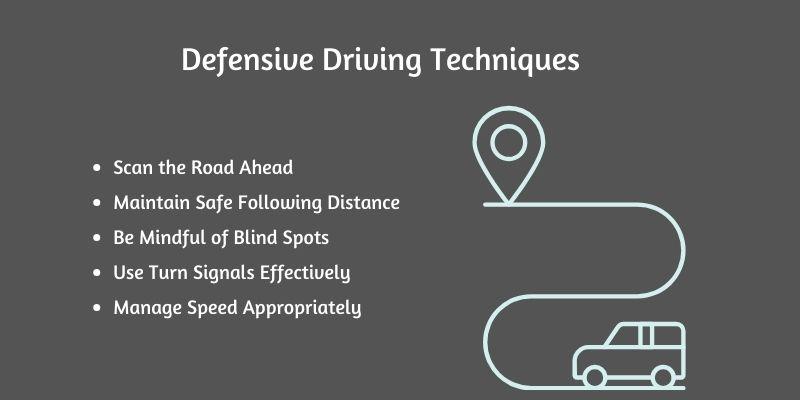
Safe Driving Techniques for Challenging Conditions
When navigating through snow, ice, or other slippery conditions, it’s essential to adopt specific driving techniques that will enhance your safety and that of others on the road. Maintain a greater following distance than you would in normal conditions; aim for at least double the space between you and the vehicle ahead. This extra distance allows for more reaction time in case of sudden stops. Gentle maneuvers are key—avoid sharp turns or quick braking that could lead to a loss of control. Instead, use smooth acceleration and braking to keep the vehicle stable. Remember, it’s not just about speed; adjusting to lower speeds can significantly reduce the chances of skidding.
Additionally, if you find yourself starting to skid, resist the urge to panic. Steer into the skid rather than away from it; this technique helps regain control of the car. In cases where traction is severely compromised, such as on a steep incline, consider turning on your headlights to increase visibility and make your vehicle more noticeable to others. Having the right tires can make a considerable difference as well; investing in winter or all-season tires with appropriate tread can vastly improve your vehicle’s grip on icy surfaces. Below is a simple comparison of tire options:
| Tire Type | Best For | Key Feature |
|---|---|---|
| Winter Tires | Heavy snow/ice | Soft rubber for better grip |
| All-Season Tires | Varied conditions | Versatile tread design |
| Performance Tires | Dry roads | Enhanced handling |
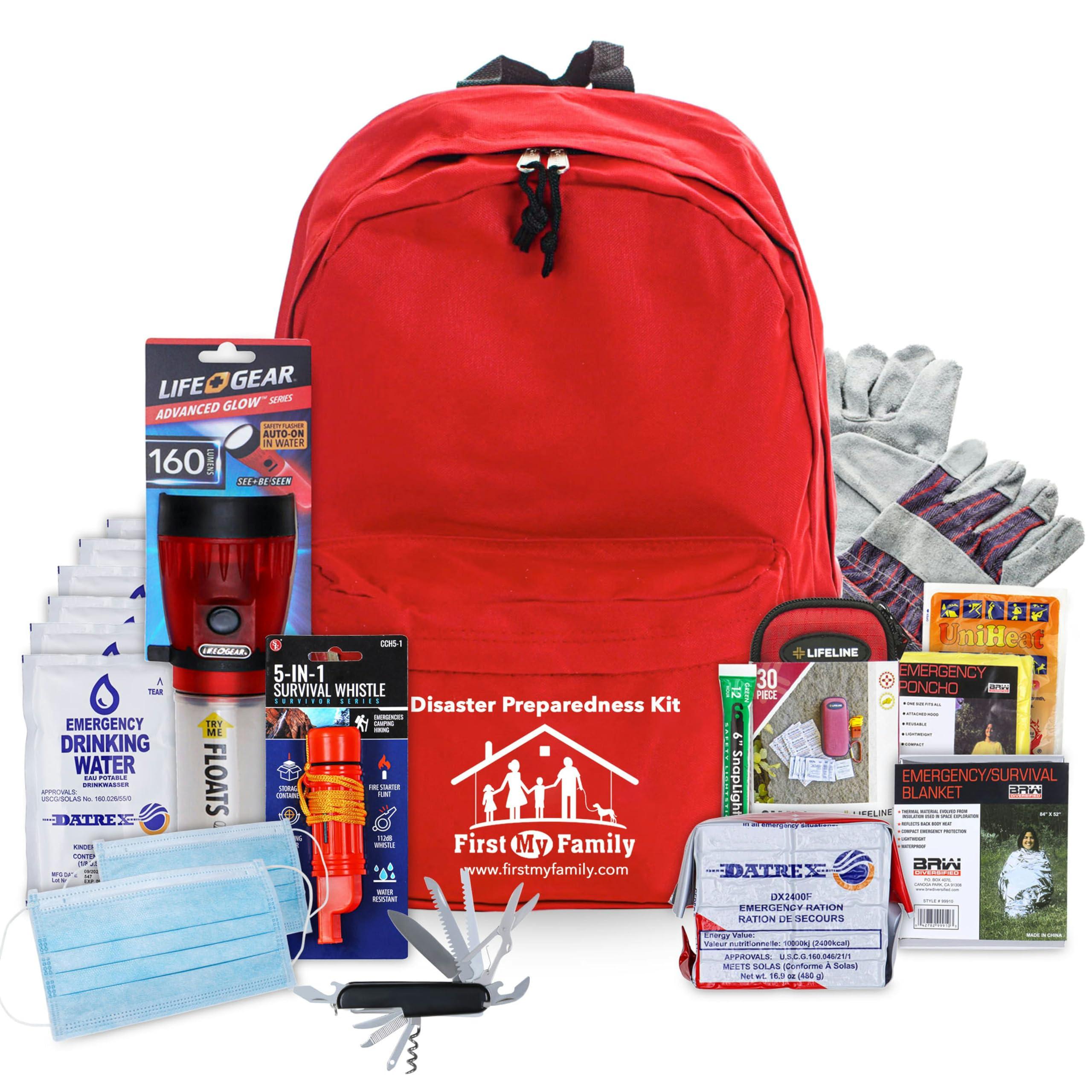
Emergency Supplies and Maintenance Tips for Winter Travel
When venturing out in winter conditions, having the right emergency supplies can make all the difference in ensuring your safety. Essential items to keep in your vehicle include:
- Warm blankets – to keep you cozy in case of a breakdown.
- Non-perishable snacks – such as granola bars or nuts for energy.
- Flashlight and extra batteries – a must-have for low visibility situations.
- First aid kit – to handle any minor injuries that may occur.
- Shovel and ice scraper – to help clear snow and ice from your vehicle.
- Road flares or reflective triangles – to increase your visibility to other drivers.
In addition to packing emergency supplies, maintaining your vehicle is equally important for safe winter travel. Regularly check and optimize the following aspects:
| Vehicle Component | Maintenance Tips |
|---|---|
| Antifreeze | Ensure levels are adequate to prevent engine freezing. |
| Tires | Check tread depth and consider switching to winter tires. |
| Battery | Test battery life, as cold weather can reduce capacity. |
| Wiper Blades | Replace worn blades to maintain visibility during storms. |
Q&A
Q&A: What to Know Before Driving in Snow, Ice, and Other Slick Conditions
Q: What should I check before hitting the road in winter weather?
A: Before you set out, it’s essential to check your vehicle’s condition. Ensure your tires are properly inflated and have good tread. Test your battery, wipers, and lights, and top off your windshield washer fluid with the appropriate winter formula. Also, keep an emergency kit in your car, including blankets, a flashlight, a first aid kit, and non-perishable snacks.
Q: How can I improve visibility when driving in snow or icy conditions?
A: Visibility is crucial during winter driving. Always clear snow and ice off your windshield, mirrors, and windows before you drive. Use your headlights to improve visibility, even during the day, and ensure your wipers are functioning correctly. Consider using winter wiper blades designed to handle heavy snow and ice.
Q: What driving techniques should I use in slippery conditions?
A: When driving on icy or snowy roads, it’s vital to adjust your driving style. Slow down and allow for greater stopping distances, as it takes longer to stop on slick surfaces. Avoid sudden movements—smooth steering, acceleration, and braking are key. If you start to skid, steer gently in the direction you want the front of the car to go and don’t slam on the brakes.
Q: Is it better to use cruise control in slick conditions?
A: No, it’s best to avoid using cruise control on snow, ice, or any slippery surface. If your vehicle starts to skid, you need full control of your acceleration and braking, which can be compromised if cruise control is engaged.
Q: What should I do if I get stuck in snow or ice?
A: If you find yourself stuck, stay calm. Try to rock the vehicle back and forth by shifting between drive and reverse. Clear snow away from the tires to give them more grip. If you’re unable to get moving, avoid spinning your tires, as this can dig them deeper into snow. If necessary, call for assistance.
Q: Are there specific routes I should avoid during winter weather?
A: Yes, it’s advisable to avoid roads that are known for being prone to icing or heavy snowfall, especially if they are not well-maintained. Consider using main roads that are likely to be plowed and salted. Always check local weather and traffic reports before heading out.
Q: What should I keep in mind about other drivers in these conditions?
A: Remember that not all drivers will be cautious in winter weather. Maintain a safe following distance and be prepared for sudden stops from other vehicles. Be mindful that other drivers may not have the same level of experience driving in snow and ice, so patience and defensive driving are essential.
Q: Is it ever okay to drive during severe winter weather?
A: If conditions are severe (heavy snowfall, icy roads), it’s best to stay off the road altogether unless absolutely necessary. When in doubt, err on the side of caution and consider waiting until conditions improve. Your safety is the top priority!
Q: Where can I find more resources for winter driving safety?
A: Several organizations provide resources for driving safely in winter conditions, including the National Safety Council and the American Automobile Association (AAA). You can also check your local Department of Transportation for tips and road conditions in your area.
Insights and Conclusions
As the winter months approach and icy conditions become more prevalent, it’s essential to equip yourself with the knowledge and skills necessary for safe driving. Remember, preparation is key—ensure your vehicle is winter-ready, stay informed about local weather conditions, and always prioritize safety over speed. Take your time on the roads, maintain a safe distance, and be mindful of your surroundings. By following these guidelines, you can navigate through snow, ice, and other slick surfaces confidently and securely. So, bundle up, stay alert, and enjoy the beauty of winter while keeping safety at the forefront of your driving experience. Safe travels!




